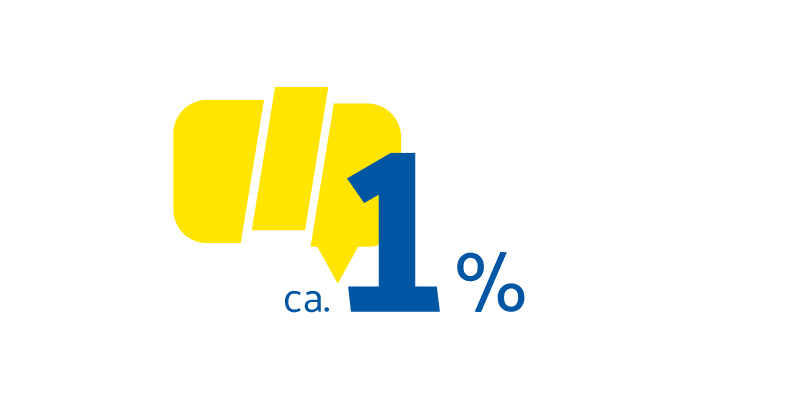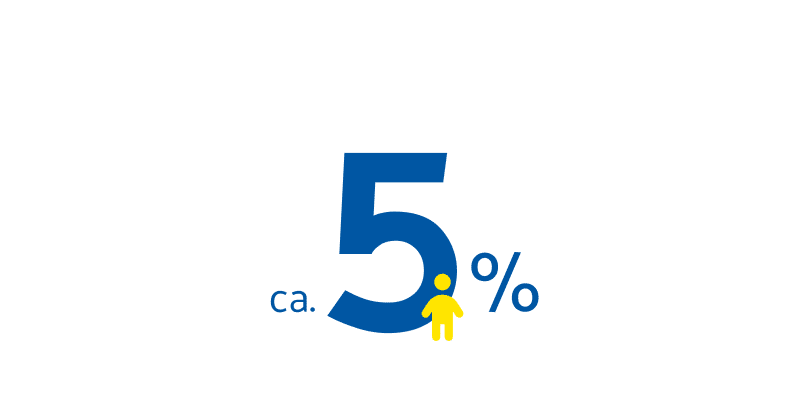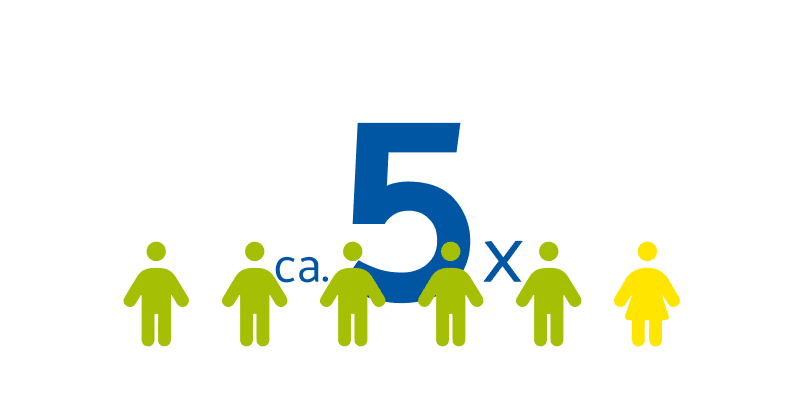
Stuttering in general
What do we know about stuttering?
Facts and Figures

Stuttering occurs in all languages, cultures and countries.

About 1% of all people stutter. There are no significant differences within different languages.

Up to 80% of stuttering people have a hereditary cause. Other members of the family stutter or have stuttered.

About 5 % of all children start stuttering by the age of 6. Sometimes stuttering can also start at a later age.

Men are affected about five times as often as women.
Further facts.:
- The spontaneous healing rate (called remission) is very high during childhood. With the puberty of children, both the initial start and the regression of stuttering are very rare because the window of language development begins to close with aging.
- Almost all people who stutter can speak fluently when whispering, singing or talking to themselves.
- If the acoustic feedback is interrupted, most stuttering people can speak fluently to a large extent. Reasons for this interruption could be, for example, listening to loud music with headphones so that they can no longer hear themself.
- With a so called delay (meaning a patient hears themself slightly delayed), stuttering people become more fluent, while non-stutterers become less fluent.
- The zebra finch also stutters. So far it is the only animal in which stuttering has been found.
Facts & Figures about the KST Institute
- The Kassel Stuttering Therapy was founded in 1996.
- We have already treated over 4,500 people (mainly in Germany, but also worldwide).
- With our online sessions, we have already provided therapy for over 70,000 hours.
- We have many self-affected therapists in our therapeutical staff, as well as many other academic speech professionals covering different aspects of speech sciences.
- For over 25 years, our therapy concept has been scientifically monitored. This results in more than 20 publications covering our therapy and its concept.
- Our therapy concept is recommended in the S3 medical guidelines in Germany (at the highest level of these guidelines) – it is explicitly „strongly recommended“.